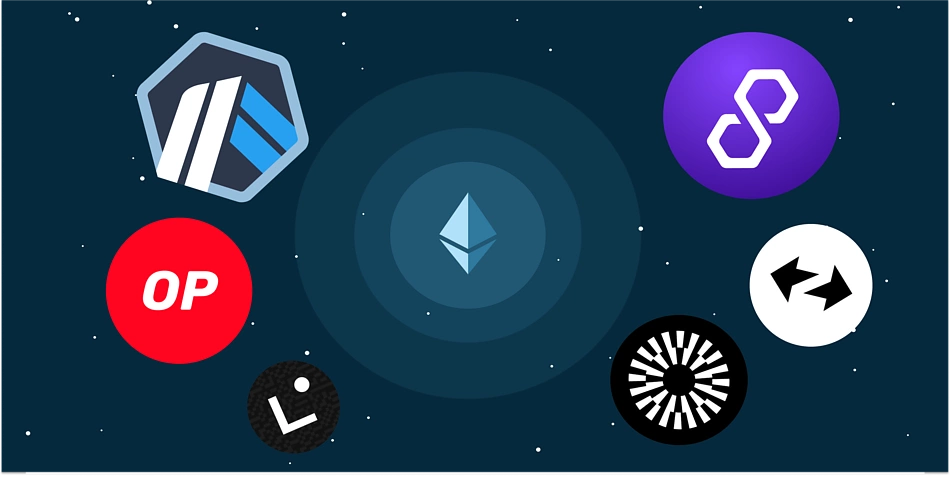In the dynamic world of cryptocurrency, speed and cost-efficiency are paramount. While Ethereum stands as a pillar of the blockchain ecosystem, its network’s sluggishness and high fees have prompted the emergence of Layer-2 solutions. These auxiliary protocols, including Arbitrum, Optimism, ZK Rollups, and StarkNet, aim to alleviate Ethereum’s congestion and enhance transaction affordability. However, as the proliferation of Layer-2 solutions continues, questions arise regarding their necessity and long-term viability.
To grasp the significance of Layer-2 solutions, it’s essential to understand Ethereum’s foundational role. Conceived by Vitalik Buterin in 2013 and launched two years later, Ethereum gained prominence for its pioneering smart contract capabilities, enabling self-executing agreements on its blockchain.
Layer-2 solutions function as supplementary blockchain networks that alleviate the burden on the parent chain by assuming some of its functionalities. Picture Ethereum as an overwhelmed executive inundated with transaction verifications and executions. Layer-2 networks act as efficient assistants, diverting a portion of the workload to their desks for processing.
The quest for simplicity, affordability, and accessibility in decentralized finance (DeFi) and cryptocurrency adoption is paramount. Ethereum, despite its innovation, falls short in meeting these criteria. Consequently, there’s a temptation to explore alternative blockchains like Solana or Tron, renowned for their speed and cost-effectiveness. However, concerns persist regarding the decentralization and reliability of such chains, exemplified by occasional shutdowns like Solana’s.
Layer-2 solutions offer a potential remedy to these concerns, yet the plethora of options raises questions about consolidation and standardization. With multiple protocols vying for dominance, it’s natural to wonder if a proliferation of Layer-2 solutions is necessary. Anticipating future scalability needs, it’s crucial to scrutinize these solutions’ potential to drive the next wave of innovation in payments, finance, and NFTs.
While Layer-2 solutions hold promise, they face stiff competition from established players in the payments landscape, such as Ripple and Stellar. Optimism, despite its advancements, may struggle to surpass centralized payment systems in cross-border transactions.
The impending mainstream adoption of Ethereum, potentially facilitated by an ETF, further complicates the Layer-2 landscape. As Ethereum evolves into a store of value, the viability of multiple Layer-2 protocols becomes uncertain, necessitating strategic consolidation and alignment with broader industry trends.
Nevertheless, opportunities abound in the Layer-2 space, extending beyond Ethereum to encompass Bitcoin, Litecoin, and emerging protocols like Polygon. As competition intensifies, consolidation may pave the way for more streamlined and robust solutions, ensuring the continued evolution of blockchain scalability.
In conclusion, while the proliferation of Layer-2 solutions presents challenges of fragmentation and redundancy, it also heralds a new era of scalability and innovation in the cryptocurrency ecosystem. Strategic consolidation, coupled with a forward-looking approach, will determine the path towards sustainable scalability and mainstream adoption.



















Leave a Reply